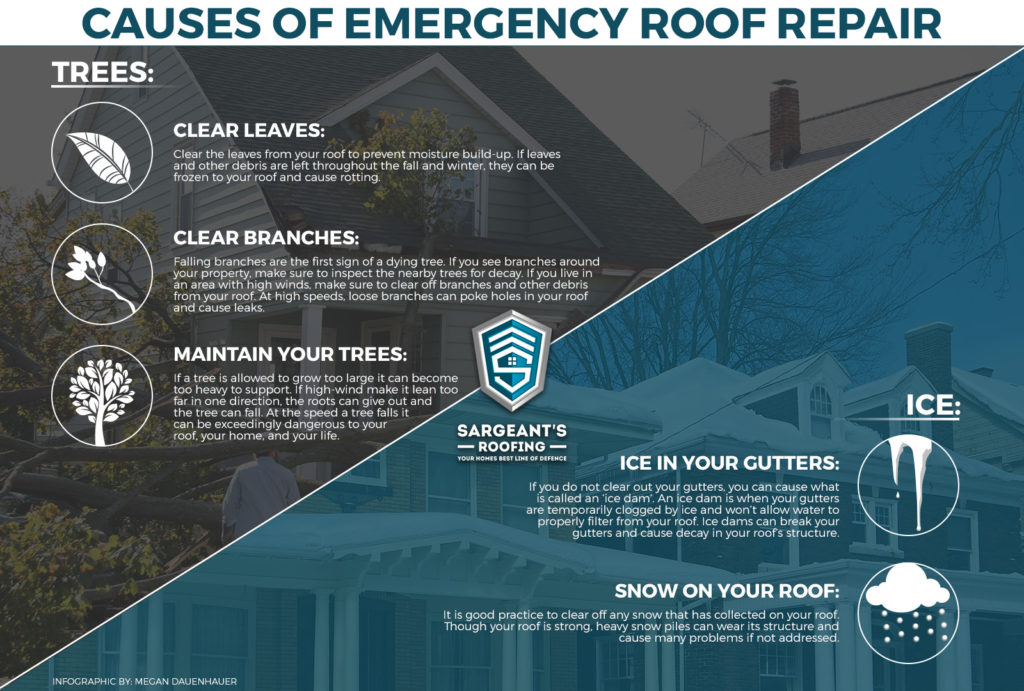Learn Just How Different Weather Conditions Influence Your Roofing Installation And Make Certain A Task Well Done
Learn Just How Different Weather Conditions Influence Your Roofing Installation And Make Certain A Task Well Done
Blog Article
Team Author-McCoy Hedegaard
When it concerns roofing system installations, the weather can make or break the job. Imagine the stress of handling materials that won't comply due to severe warmth or battling unsafe surface areas brought on by unexpected rain. Recognizing the impact of weather conditions on your roofing job is vital for an effective outcome. So, let's discover how different climate aspects can affect the quality and toughness of your roofing system installment, ensuring a work well done.
Effect of Temperature on Roof Installation
When it comes to roof covering installment, temperature plays a vital duty in the process. The ideal temperature level for roof projects usually falls between 45 and 85 degrees Fahrenheit. Severe heat can cause products like shingles to end up being as well pliable, causing prospective damage during installment. On the other hand, cold temperature levels can make products brittle and susceptible to splitting. It's important to schedule roofing installments during modest temperatures to make sure the very best outcome.
During colder weather condition, professionals may need to take extra preventative measures such as making use of heated tools or enabling materials to heat up prior to setup.
On the other hand, hot weather may require work to be done earlier or later on in the day to prevent the peak temperature levels. By taking into https://devinkbrjy.snack-blog.com/32360482/the-significance-of-regular-roof-maintenance-to-stop-pricey-repair-services and its results on roof covering products, you can aid ensure a successful installment that will certainly withstand the components for years ahead.
Impact of Rainfall on Roofing Projects
Roofing projects can be dramatically affected by precipitation, impacting both the timeline and the top quality of the installment. Rainfall or snow can create slippery problems, making it dangerous for roofers to work on a damp surface area. Additionally, moisture can endanger the bond of products like tiles or underlayment, bring about potential leaks or damages in the future.
If it rains during a roof task, the water can seep right into vulnerable locations, causing hold-ups as the setup staff have to wait on the roofing system to dry before proceeding. Too much dampness can also advertise the growth of mold and mildew and mildew, more endangering the integrity of the roofing system.
To prevent these problems, it's suggested to arrange roof jobs throughout drier periods or keep an eye on the weather forecast carefully to prepare about any type of potential rainstorms. By taking preventative measures to operate in favorable weather conditions, you can make sure a smoother and much more effective roofing setup procedure.
Impact of Wind Speed on Installation Success
During roofing system installment, the rate of the wind plays a critical function in establishing the success of the task. High wind rates can pose significant challenges to roofers, potentially causing safety threats and top quality concerns. When wind speeds go beyond advised limits, it comes to be challenging to take care of materials, increasing the risk of accidents and damage to the roof materials. Strong gusts can likewise impact the precision of dimensions and the accuracy needed for proper installation.
To guarantee an effective roof installation, it's important to keep an eye on and consider wind rates. Ideally, roof installation need to occur on days with low to modest wind rates. This not only boosts the safety and security of the workers yet also boosts the total high quality of the installment.
https://www.wgrz.com/article/money/will-teslas-solar-roof-produced-in-buffalo-eventually-shine-with-homeowners/71-60180f87-e8b0-48bf-8407-d1bdd2466c6a covering jobs scheduled during calm climate condition are most likely to be finished successfully and with less errors. By paying attention to wind speed projections and planning as necessary, you can assist make sure a smooth and successful roofing installment procedure.
click here to find out more , when it involves roof covering installation, remember to take into consideration the weather to make sure a successful task. Ideal temperature levels, dry problems, and modest wind speeds are crucial variables to prioritize for a smooth installation process. By scheduling your task throughout the most effective periods and perfect climate condition, you can achieve a resilient and resilient roof covering that will secure your home for years to come.
